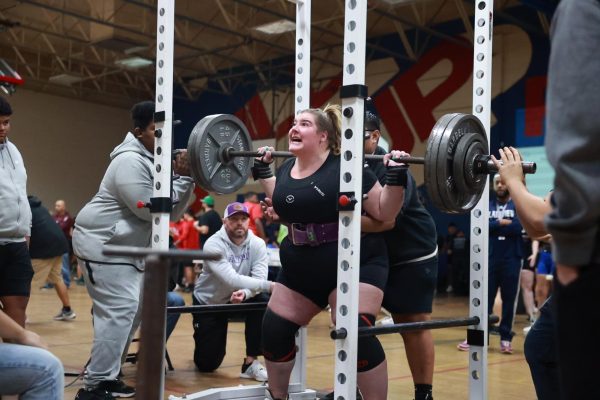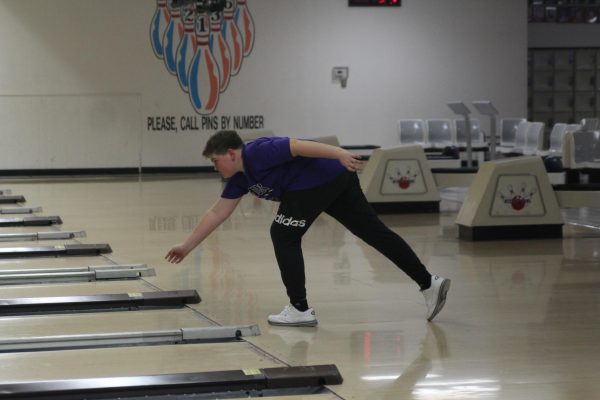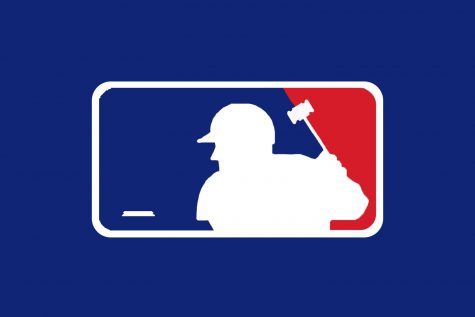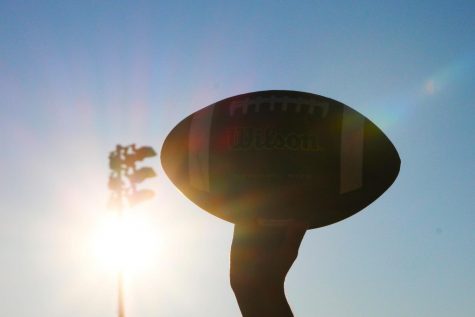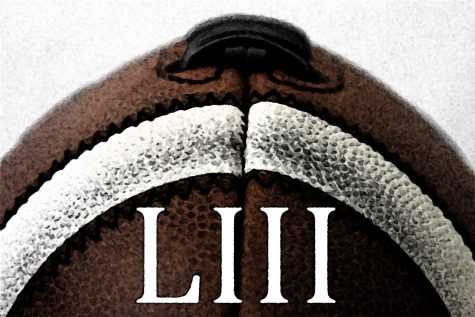NCAA’s new rule to deter teams from sacrificing grades
In the midst of the madness that is the BCS, the NCAA Division 1 Board of Directors decided to add a new rule concerning the overall academic status of an athletic program’s students.
The board approved the measure by a unanimous vote on Oct. 27 and, effective next season, requires that all programs meet an average Academic Progress Rate score of 930 or higher in the past two years or a 900+ multi-year APR over the last four years. Both of these standards project about 50 percent graduation among students in one program. In 2014-15, the two-year mark will go up to 940 and the four-year period standard to 930. Beginning in 2015-16, the standard will set at 930 across the board.
The NCAA also set up three levels of penalties for institutions that break the new rule. Level one will limit teams to 16 hours of practice over five days and require four hours of academic activities. Essentially, violators will lose one practice day a week over the course of the season.
The second level allows the NCAA to reduce competition for the offending teams, both in strength and in length of schedule, including participation in bowl games and sanctioned championship tournaments. If any school reaches level three, the Board of Directors can suspend their coaches, cut financial aid and limit membership among other options. The NCAA may even terminate an offending college’s membership under dire circumstances.
I just wonder why it took until now for the NCAA to take such action. Some students on every team need to spend their time better. When more than half of the team jeopardizes their graduation status just to be the best, the team has a problem in their system. Whether it is the coaches, higher-ups in the program or if it is the students themselves, the term “student-athlete” labels them students first for a reason.
The decision will affect many programs beginning next year if they do not improve. The four-year standard spares many for the next two seasons. 99 Division 1 men’s basketball teams would fall short of the 930 standard, but the 900 mark sits above 30 teams, including the defending national champion, the University of Connecticut.
In the FBS, four-year performances absolve all 17 teams otherwise ineligible by two-year progress. Over time, more colleges will need to catch up. As of right now, only one school in the Big 12 Conference owns an acceptable APR according to the index—Texas Tech University. Keep in mind the index the NCAA judges only includes student-athletes, not the general student population.
Take the warning now: “no pass, no play” has new meaning. This year’s seniors should not back away from choosing the Division 1 route just because of the new rule. However, if any wish to take that route, it will require personal accountability and keeping up with teammates. Their shortcomings can and will weigh down the team in more ways than just not playing as an individual.

I am Trevor Ferril, senior and associate editor for this year’s Eagle’s Tale staff. This will be my third and final year on staff and my second as an editor. Right now, my interests include most of my classes, mafia (the game), videogames, music,...

